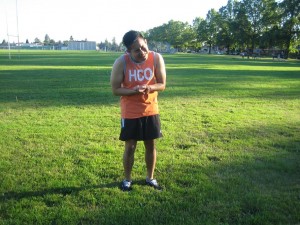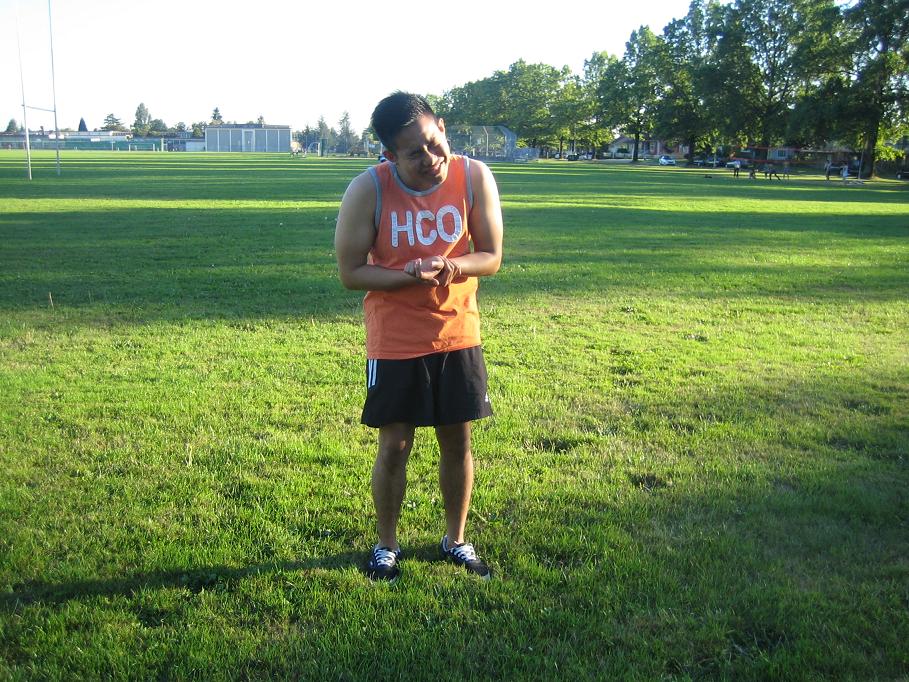Blisters are a bubble-like formations on the top layer of your skin, the epidermis. Blisters are common symptoms of numerous diseases and conditions. Blisters are commonly caused by burns, infections, freezing, and friction on the skin.
The purpose of blisters is to protect and cushion the skin layers below. Serum, plasma, blood or pus can be found inside blisters, but this depends on where they formed. They also help prevent further damage done to the deeper tissues.
It is best to leave them alone to keep the lower layers of the skin protected from infection.
What are the causes?
Friction can cause blisters to form on the skin, they usually appear on the hands or feet as these are the areas where repetitive friction mostly occurs due to walking, running or working.
Extreme temperatures can also cause blisters to form. Examples are second-degree burns as it can form blisters immediately while first-degree burns will form blisters after a few hours the burn occurs. A frostbite also can form blisters.

Exposure to chemicals can also cause blisters to form, this is known as contact dermatitis. Examples include:
- Cosmetics
- Detergents
- Solvents
- Nickel sulfate
- Insect bites and stings
- Chemicals used in warfare such as mustard gas
A ruptured blood vessel can also cause a blister to form, the blood will leak out into the gap between the layers of the skin and cause a blister filled with blood to form.
Certain medical conditions can also form blisters as a symptom, examples of these conditions include but not limited to:
- Eczema
- Chickenpox
- Herpes
- Pemphigus
Management of blisters
Most blisters will heal and disappear without the need for medical treatment. Once the new skin underneath the blister grows, the fluid inside the blister will slowly subside and the skin naturally dries and peels off.
It is not advisable to break the blister as it is a shielding layer that helps fend off any infection. If the blister is popped, the wound is open, and bacteria can enter the body through the wound. If a blister bursts, do not detach the dead skin on top but instead allow the fluids to drain out naturally and then carefully wash it with a mild soap then wrap the blister and the surrounding area with a clean and sterile dry bandage or dressing.
You can cover a blister with a Band-Aid or gauze to help protect it from any additional trauma while it heals.
Prevention
To avoid them from occurring at your feet due to friction, wear properly fitting and comfortable footwear with clean socks. Footwear that badly fits or stiff can increase the risk of blistering. Skin that is moist is more prone so socks that can help reduce the moisture on the feet or constant changing of socks are helpful.
To avoid blisters on your hands, wear protective clothing such as gloves to reduce the friction on the skin when doing manual work or handling tools.
FACT CHECK
https://en.wikipedia.org/wiki/Blister
https://www.webmd.com/skin-problems-and-treatments/ss/slideshow-blisters

